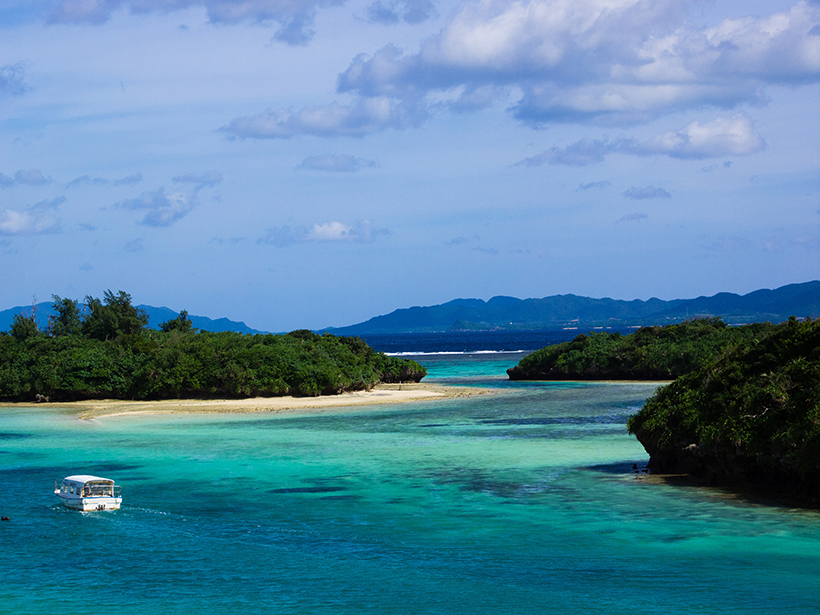Source: Journal of Geophysical Research: Solid Earth
Unlike conventional plate boundary earthquakes, which violently release pent-up energy for seconds or minutes at a time, slow earthquakes do not release seismic waves and can endure for many months. Although previous research suggests these slow-slip events occur in the region between an upper, brittle seismogenic zone and the more pliable underlying material, the physical mechanisms that generate slow earthquakes remain unclear.
To better understand these puzzling aseismic events, Kano et al. scrutinized geodetic records from beneath the Yaeyama Islands, which sit along southwestern Japan’s Ryuku subduction zone. Using specially filtered Global Navigation Satellite System (GNSS) data from the GNSS Earth Observation Network System (GEONET) and Kyoto University networks, the team detected and analyzed the evolution of five slow-slip events between July 2010 and February 2013.
Their results indicate that although all five slow earthquakes occurred within the same portion of the fault and had nearly the same magnitudes, they evolved quite differently over time. In particular, the style of nucleation varied considerably between events. In three of the five records, the slow earthquakes reached their maximum rate of slip within a few days, whereas the nucleation occurred much more slowly during the other two, which sputtered along for 25 and 45 days before rapidly accelerating. The total durations of the slow earthquakes also differed substantially, from about 30 to about 95 days; their maximum slip rate varied from 0.4 to 1.2 meters per year.
The differences between the five recorded events suggest that the fault’s physical properties, such as friction and the distribution of fluid pressure, may vary over time or that the stress state prior to slow-slip nucleation can differ between events. Additional studies describing the temporal and spatial evolution of slow earthquakes should help researchers constrain the physical properties of these plate interfaces and ultimately clarify how slow-slip events are generated. (Journal of Geophysical Research: Solid Earth, https://doi.org/10.1029/2018JB016072, 2018)
—Terri Cook, Freelance Writer
Citation:
Cook, T. (2019), Unraveling the origin of slow earthquakes, Eos, 100, https://doi.org/10.1029/2019EO114011. Published on 22 January 2019.
Text © 2019. The authors. CC BY-NC-ND 3.0
Except where otherwise noted, images are subject to copyright. Any reuse without express permission from the copyright owner is prohibited.

